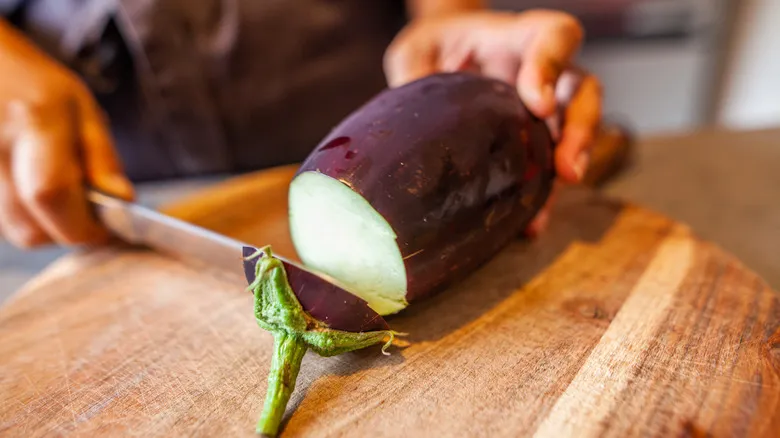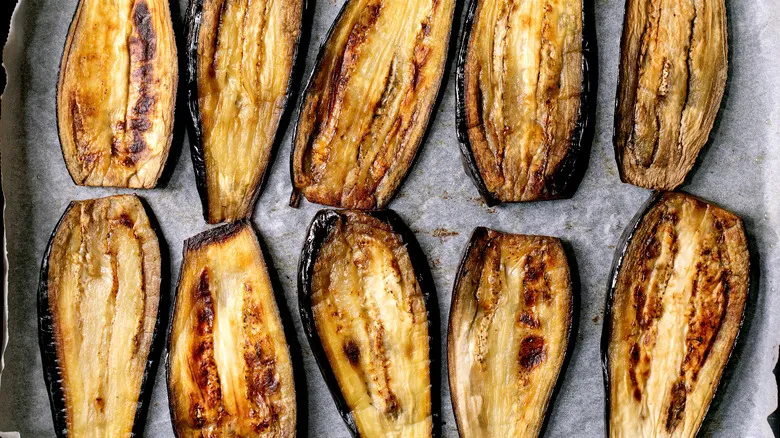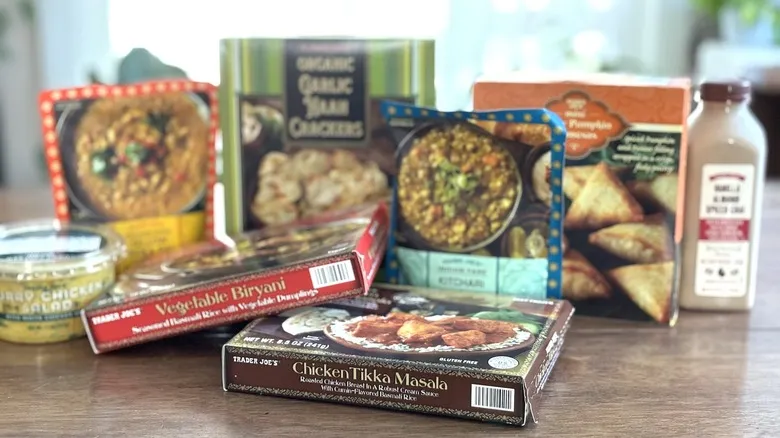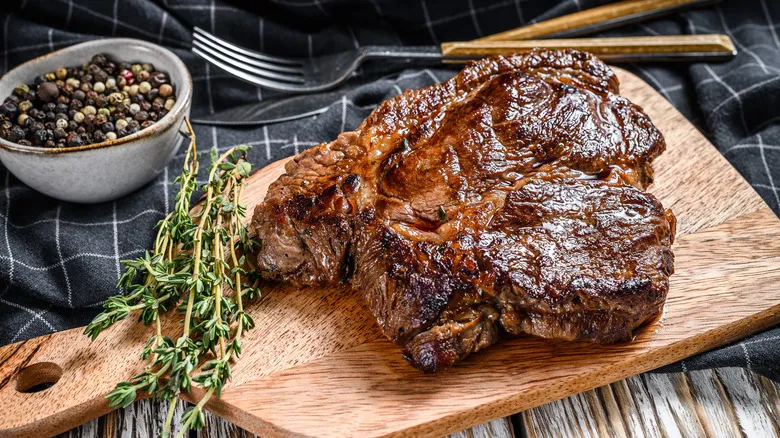Other tips for improving eggplant's texture

Eggplant tends to soak up a significant amount of fat when fried or included in dishes like shrimp stir-fry, thanks to its numerous air pockets. To prevent greasy eggplant in recipes that require a lot of oil or rich sauces, consider using the traditional salting technique. After cutting the eggplant into your preferred shape, sprinkle it with salt (table salt works well) and let it rest for an hour. Before cooking, rinse off the salt with water and pat the eggplant dry.
When frying eggplant slices in a pan, it's essential to use enough oil. Insufficient oil will leave the air pockets intact. Be liberal with the oil to help break down those air pockets, and ensure the heat is high. Similar to roasting eggplant in the oven, cooking it in a pan over high heat is advisable to eliminate the spongy texture.
The use of salt and oil varies slightly when grilling vegetables, but you can still apply the salting method mentioned earlier for eggplant. Grilling naturally provides high heat, and the open flame accelerates the cooking process while imparting a delightful char and smoky flavor. Remember to brush the eggplant with oil to prevent it from sticking and to maintain a moist texture.
Recommended

What Are Fish Grilling Baskets And When Should You Use One?

Bacon Is Your Secret For The Best Grilled Corn On The Cob Ever

The Countertop Solution To Cook A Whole Chicken Without Ever Turning On The Oven

What Sets A Kansas City Strip Steak Apart From A New York One?
Next up





